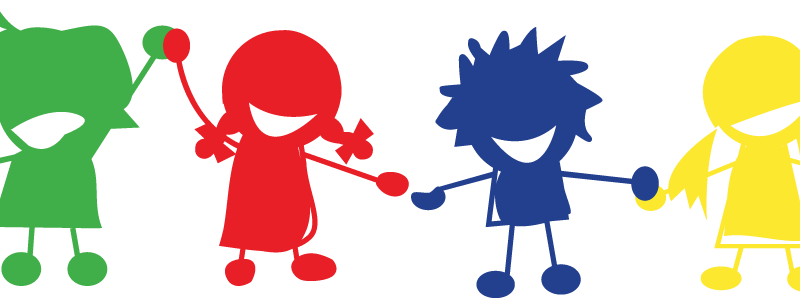COOPERATIVE LEARNING STRUCTURES: KAGAN MODEL
Cooperative learning is an engaging teaching strategy in which small groups work together towards a common goal. In this techniques, each child is responsible for his own and the group´s progress. It is very likely that the amount of time and engagement that children can show when they are appropriately challenged in collaborative and pleasant learning environments.
Kagan cooperative learning model has gained momentum in recent years due to the amount of benefits it brings to the classroom. Amongst them, we would like to highlight:
- It promotes critical thinking.
- It involves students actively in the learning process.
- It models appropriate student problem solving techniques.
- It can facilitate ‘Deep Learning’.
- It develops learning communities.
- Student centered instruction increases students’ self-esteem.
- Cooperation reduces anxiety.
The PIES principles (Positive Interdependence, Individual Accountability, Equal Participation, and Simultaneous Interaction) are at the heart of the integration of cooperative learning structures in the classroom. Let us briefly define these operative principles:
Positive interdependence occurs when there is a positive correlation among outcomes. Children are positively interdependent when a gain for one is a gain for another and we therefore feel ourselves to be on the same side. On the other hand, being negatively interdependent means that a gain for one can be obtained only by a loss for another, in which case we feel ourselves to be in competition. This may be the case of the teacher making a question for the whole class; we know that some of the children will never feel tempted to take that risk… the gain of one is the loss of other, somehow.
Individual accountability is grounded on a simple principle: if children know that their participation is not indispensable and in group work they will not be asked for personal accountability; they may not feel the urge to do their best.
Equal participation refers to offering all children equity in their opportunities to participate, regardless of their individual differences.
Simultaneous interaction refers to the fact that, as opposed to direct methods which restrict the students´ overall active participation, in cooperative learning children are exposed to the task deeper and longer.
It is no wonder that recent trends like project based learning (PBL) acknowledge the role of cooperative learning strategies as one of the cornerstones for successful learning outcomes. On the whole, the classroom is a real social environment, where meaningful knowledge can occur with more probability through active and cooperative methodologies.
Bibliography. Kagan Cooperative Learning. Spencer Kagan; Miguel Kagan. San Clemente, California: Kagan, (2009).
Video by Kaganvideo.



